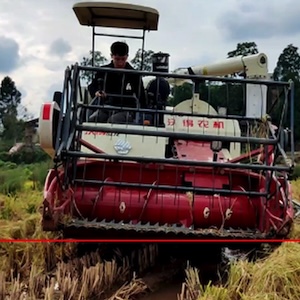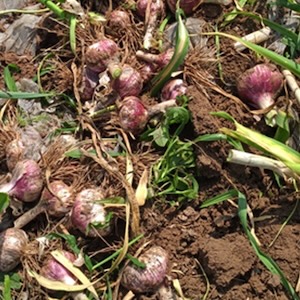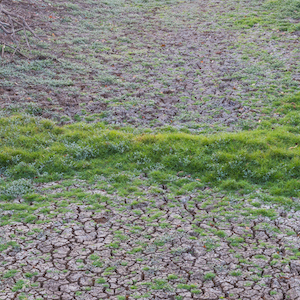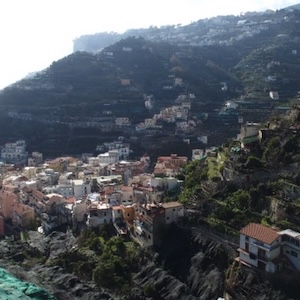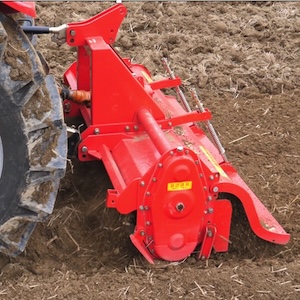Assessment of drought stress in arid olive groves using HidroMORE model
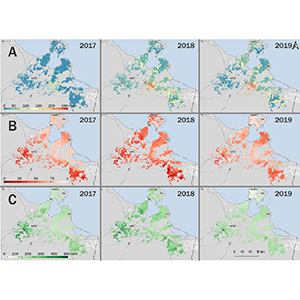
HTML: 48
All claims expressed in this article are solely those of the authors and do not necessarily represent those of their affiliated organizations, or those of the publisher, the editors and the reviewers. Any product that may be evaluated in this article or claim that may be made by its manufacturer is not guaranteed or endorsed by the publisher.
Authors
The olive tree is well known for being adapted to the arid conditions of the Mediterranean basin. However, prolonged drought periods which are expected to become more frequent because of climate change could result in severe water stress. In order to map the spatial distribution of drought stress in the olive groves in the arid regions of southeastern Tunisia (governorate of M denine), we made recourse to the HidroMORE model (based mainly on FAO56 ET, NDVI from Sentinel 2 images and other physical parameters) to compute the water balance in a GIS environment. The outputs were compared to in situ soil water content measurements in four selected sites representing the various agro-ecological zones (mountains, piedmont, inner plain and coast) of the study site during the observation period from January 2016 to December 2019. The model outputs performed relatively well (the overall correlation coefficient R2=0.72; index of agreement IA=0.76). The simulation results show that during normal years or average droughts, the water stress is least in the mountain and piedmont zones because of the additional runoff water supplied by the traditional water harvesting structures (Jessour and Tabias) and in the coastal zone, thanks to the higher air humidity and rainfall. In contrast, the olives in the inner plains are the most affected. Nevertheless, in case of severe droughts, the stress is generalised. Thus, the model could be used as a decision tool for prioritizing areas of intervention for drought control and mitigation (supplemental irrigation for trees safeguard, etc.)
How to Cite

This work is licensed under a Creative Commons Attribution-NonCommercial 4.0 International License.
PAGEPress has chosen to apply the Creative Commons Attribution NonCommercial 4.0 International License (CC BY-NC 4.0) to all manuscripts to be published.
Similar Articles
- Zachary Chapman, Jeffrey Doom, Computational fluid dynamic simulation of a pulse-width modulated spray nozzle , Journal of Agricultural Engineering: Vol. 52 No. 1 (2021)
- Qazeem Opeyemi Ogunlowo, Adedayo Afeez Azeez, Wook Ho Na, Anis Rabiu, Misbaudeen Aderemi Adesanya, Ezatullah Zakir, John Ademola Ijadunola, Bukola Olanrewaju Afolabi, Babajide Saheed Kosemani, Titus Adeyinka Ilori, Hyun-Woo Lee, Analysis of microclimate temperature and relative humidity distribution of local poultry house in a subtropical area of Nigeria , Journal of Agricultural Engineering: Vol. 55 No. 2 (2024)
- Jie Yan, Jianyu Wang, Chi Lv, Songlin Wang, A CFD simulation method for nozzle droplet deposition characteristics and corresponding experimental validation , Journal of Agricultural Engineering: Vol. 56 No. 1 (2025)
- Fabio Pezzi, Giorgio Ade, Francesco Bordini, Alessandro Giunchi, EVALUATION OF THE CUTTING FORCE ON VINE BRANCHES IN WINTER PRUNING , Journal of Agricultural Engineering: Vol. 40 No. 1 (2009)
- Pietro Catania, Filippa Bono, Claudio De Pasquale, Mariangela Vallone, Closed tank pneumatic press application to improve Sauvignon Blanc wine quality and nutraceutical properties , Journal of Agricultural Engineering: Vol. 50 No. 4 (2019)
- Lucia P. Caliandro, Rosa V. Loisi, Pasquale Dal Sasso, Connections between masserie and historical roads system in Apulia , Journal of Agricultural Engineering: Vol. 45 No. 1 (2014)
- Alberto Finzi, Elisabetta Riva, Alda Bicoku, Viviana Guido, Seit Shallari, Giorgio Provolo, Comparison of techniques for ammonia emission mitigation during storage of livestock manure and assessment of their effect in the management chain , Journal of Agricultural Engineering: Vol. 50 No. 1 (2019)
You may also start an advanced similarity search for this article.

 https://doi.org/10.4081/jae.2022.1264
https://doi.org/10.4081/jae.2022.1264





